In Washington, a major fissure is emerging in the congressional Democratic Party — and it has been publicly flagged by one of the party’s most prominent figures. Nancy Pelosi, former Speaker of the U.S. House of Representatives and longtime Democratic leader, issued a sharply worded critique of Chuck Schumer, Senate Minority Leader, warning that Democrats may well break from his leadership if current tensions persist.
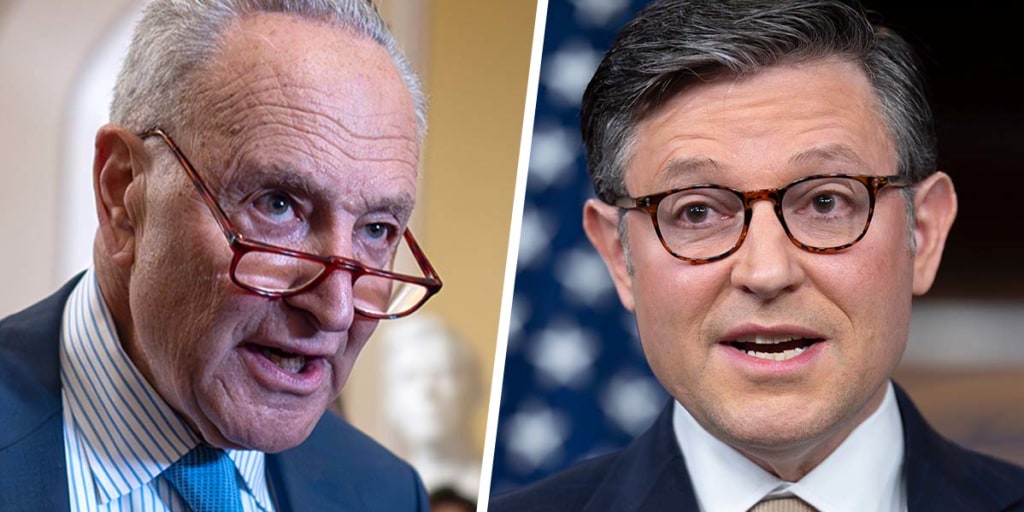
The Spark: A Funding Vote and Frustrated Leverage
The catalyst for this confrontation was Schumer’s decision in March 2025 to allow the Senate to move ahead with a Republican‑crafted six‑month government funding bill, a move intended to avert a government shutdown. Schumer defended it as the lesser‑evil: a shutdown, he argued, would hand unchecked power to the executive branch.

Pelosi, however, publicly condemned the choice, stating:
I myself don’t give away anything for nothing. I think that’s what happened the other day.”
At a San Francisco press conference she elaborated:

We could have, in my view, perhaps, gotten them to agre to a third way.”
Her core argument: by giving assent to the funding bill without securing meaningful concessions — for example, protecting Medicaid or other social‑safety net programs — Schumer and Democrats surrendered negotiating leverage and thus weakened their position.
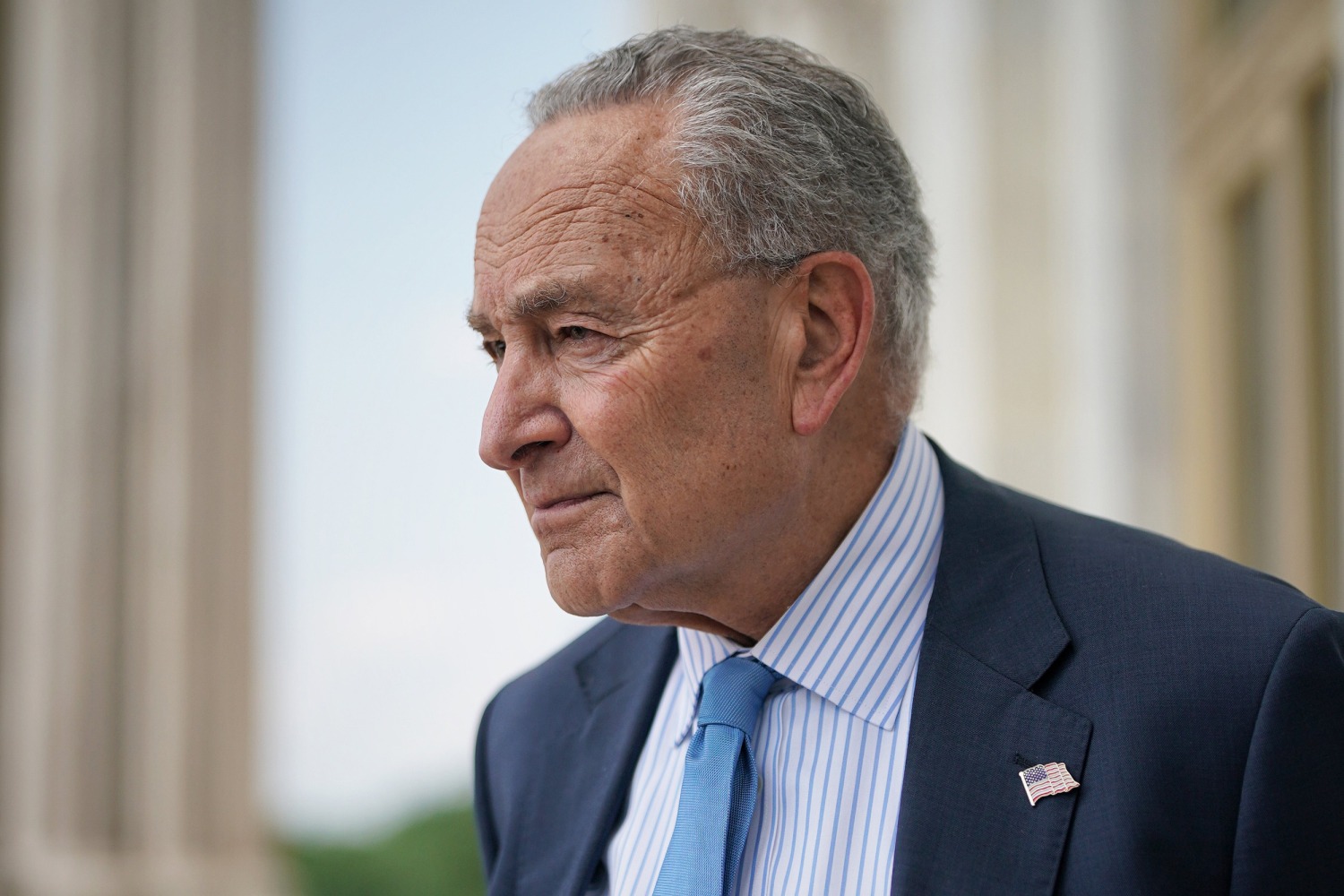
What Pelosi is Warning: A Break in the Ranks
Pelosi’s critique goes beyond a single vote. What she signals is the possibility that the House and Senate Democratic caucuses may no longer remain united under Schumer’s leadership. In her comments she explicitly suggested that Senate Democrats shouldnot follow the path Schumer took. “Democratic senators should listen to the women,” she said, urging scrutiny of leadership decisions.
Political analysts see this as a rare public split between two top Democrats — and the implications are serious. The phrase “break from Schumer” is not mere rhetoric. It implies that a group of Democrats, particularly from the House and progressive wing, might withhold support from his leadership agenda, challenge his strategy, or push for new leadership.
The Underlying Fractures
Several deeper tensions give context to this public flare‑up:
Leverage vs. PreventionSchumer’s rationale was prevention: avoid a shutdown that would hand unfettered power to the executive, particularly under Donald Trump and his advisers. He argued the scenario would be “15 or 20 times worse”.
But many Democrats view this as a capitulation — giving up the only leverage they had in negotiation. Pelosi’s stance reflects this view that no concession was secured for giving up the fight.
House vs. Senate DynamicsThe House Democratic caucus, including more progressive members, voted overwhelmingly against the funding bill (or opposed giving assent without conditions). Pelosi implicitly sided with them. In contrast, Senate Democrats under Schumer’s leadership moved to support or not block the bill. That difference in posture is magnified by institutional differences — the Senate operates under different pressures (filibuster, 60‑vote thresholds, etc.) — but the optics are stark: two parts of the party are diverging.
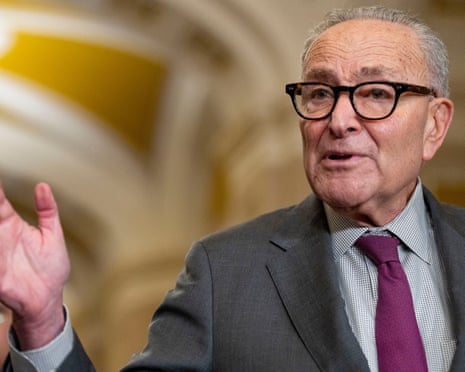
Progressives vs. EstablishmentBeyond the institutional tension is a generational/policy tension: progressive Democrats believe the establishment leadership is too cautious, too willing to compromise. Pelosi’s remarks align with that critique. For progressives, Schumer’s decision reinforced their concerns about leadership being out of step with the base. A letter from the liberal group MoveOn to party leaders earlier in March warned that volunteers and donors were ready to pull back support if Democratic lawmakers don’t “fight back” harder.
The fissure threatens to have significant consequences:
Leadership Instability: Schumer’s position is under scrutiny. While he declared he was not stepping down, the pressure is real. Should a substantial bloc of Democrats signal no confidence, he may face a challenge to his leadership.
Unified Strategy Risk: Party unity is essential when in the minority. If the House and Senate wings diverge significantly in strategy and messaging, Republicans can exploit the split.
Electoral Implications: With mid‑term elections looming, internal division can undermine messaging, fundraising, and candidate support. If donors and volunteers feel leadership is not fighting hard enough, enthusiasm wanes.
Policy Outcomes: The ability to use leverage in negotiations is diminished if party members believe leadership will concede preemptively. That potentially weakens protections for programs like Medicaid, Social Security, and other safety‑net initiatives.
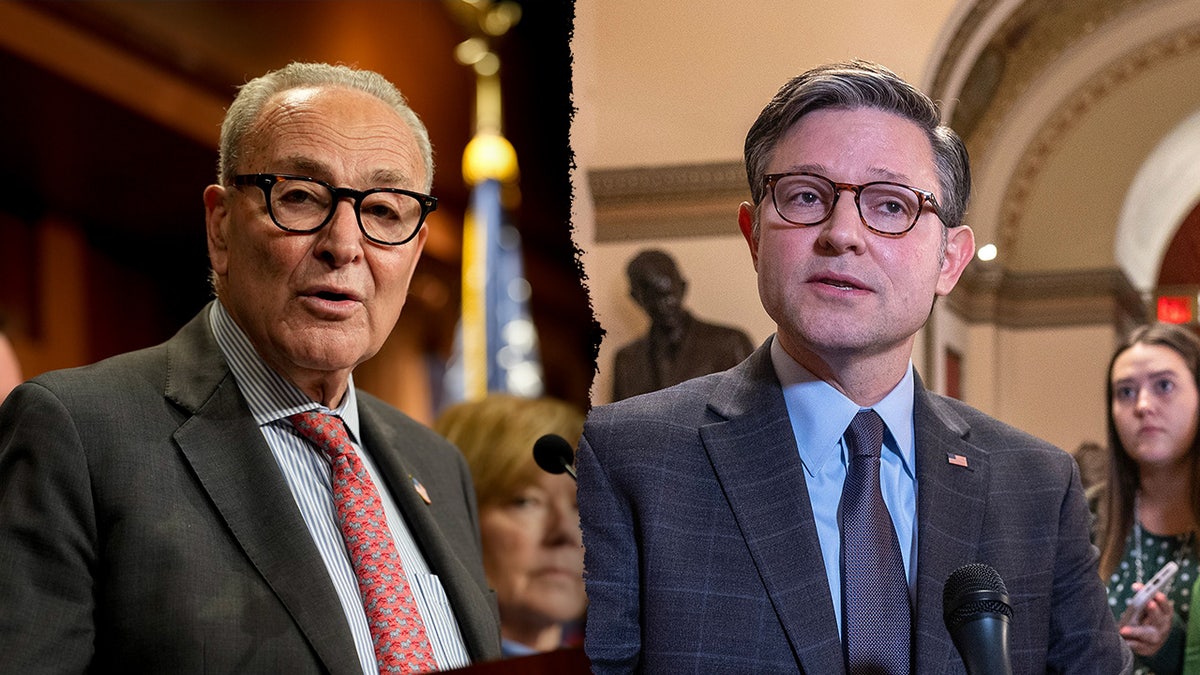
Possible Scenarios Moving Forward
Given this situation, there are several plausible trajectories:
Reconciliation and Damage Control: Schumer may attempt to rebuild trust, perhaps offering more concessions to the House or involving progressives more in decision‑making. Pelosi’s statement, while sharp, did not call outright for his removal — suggesting openness to repair.
Open Leadership Challenge: If the split deepens, a formal challenge could emerge in the Democratic caucus. While Senate leadership changes are rare, the precedent of internal revolt cannot be ignored.
Strategic Divergence: The House caucus might chart a more confrontational path while the Senate remains more pragmatic, leading to intentional divergence rather than unity. That may become de facto if not planned.
Party Realignment Around a Different Leader: Some Democrats may view Schumer as symbolic of an “old guard” that is out of step with the base. In coming years, leadership that is more aligned with progressive priorities could emerge.
Voices from Within
The intensity of the intra‑party pushback is captured in the remarks of Rep. Glenn Ivey (D‑Md.), who publicly called for Schumer’s removal, arguing he sacrificed key leverage in the funding fight.
Pelosi, in her critique, invoked gender and representation:
Democratic senators should listen to the women. Appropriations leaders … have eloquently presented the case …” That statement underscores not just ideological tensions but generational and factional ones: the older establishment vs. newer waves of activists and progressive lawmakers.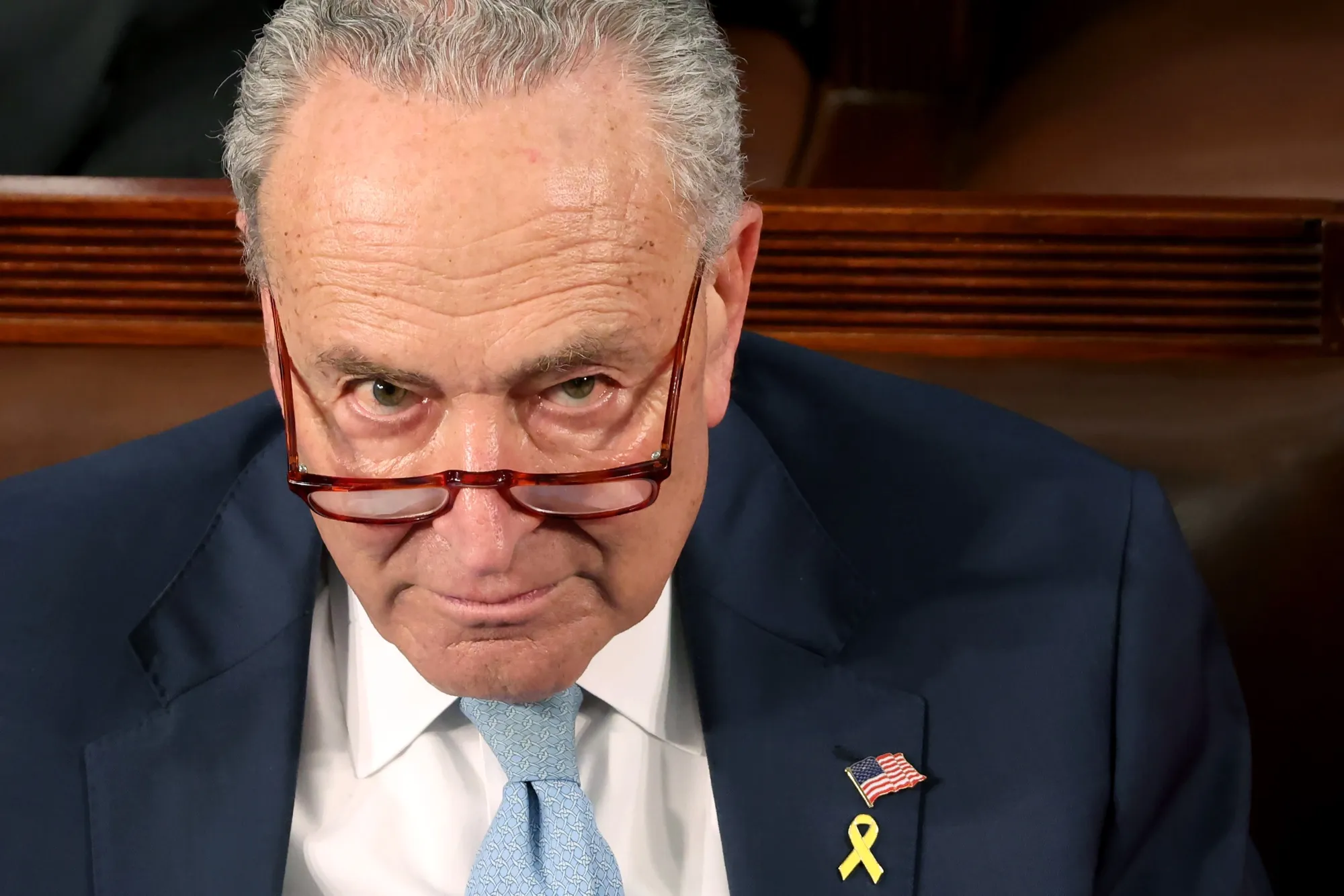
Leadership’s Perspective
From Schumer’s vantage point, his decision was framed as a responsible act of leadership: avoiding a shutdown that would empower the executive unchecked. In his NBC “Meet the Press” appearance, he emphasized conviction and doing “the right thing for America and my party.”
He also acknowledged internal disagreement within his caucus but maintained the unity of purpose in resisting what he framed as a threat to democratic institutions.

The Stakes: Beyond Personalities
While the narrative can be cast as a showdown between two individuals (Pelosi vs. Schumer), the stakes are broader:
The way Democrats manage minority status in Congress. Will they use leverage or accept incrementalism?
The question of how the party positions itself for future power: more confrontational or more conciliatory?

The message sent to voters and donors: is the party fighting hard or giving up ground?
The internal balance between progressive and moderate factions: how much say do each have in strategy and leadership?
Conclusion: A Warning Becomes a Signal
When Nancy Pelosi warns that Democrats maybreak from Chuck Schumer, it is far more than a rhetorical flourish. It is a signal of fracture within a party that often emphasises unity — and it arrives at a sensitive moment politically.
The headline may read “Dems will BREAK from Schumer,” but the deeper story is about a party grappling with leadership, leverage, strategy and identity in an age of growing internal pressure and external threats. Whether this warning will translate into an open split or simply prompt corrective action remains to be seen. What is clear: the Democratic Party’s internal dynamics are shifting, and leadership will need to respond — or risk being overtaken by the forces pulling from beneath.